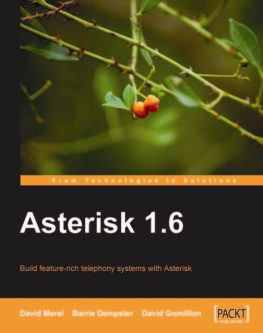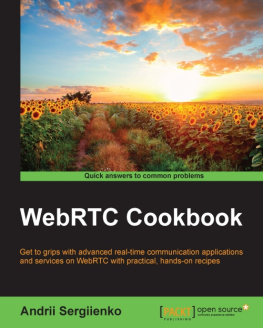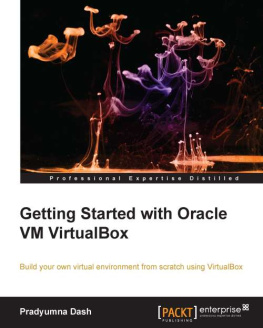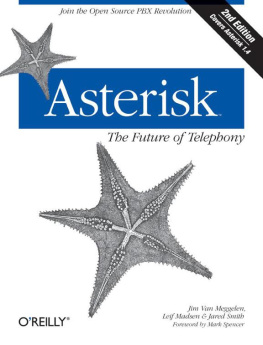Russell Bryant - Asterisk: The Definitive Guide
Here you can read online Russell Bryant - Asterisk: The Definitive Guide full text of the book (entire story) in english for free. Download pdf and epub, get meaning, cover and reviews about this ebook. year: 2013, publisher: OReilly Media, genre: Romance novel. Description of the work, (preface) as well as reviews are available. Best literature library LitArk.com created for fans of good reading and offers a wide selection of genres:
Romance novel
Science fiction
Adventure
Detective
Science
History
Home and family
Prose
Art
Politics
Computer
Non-fiction
Religion
Business
Children
Humor
Choose a favorite category and find really read worthwhile books. Enjoy immersion in the world of imagination, feel the emotions of the characters or learn something new for yourself, make an fascinating discovery.
- Book:Asterisk: The Definitive Guide
- Author:
- Publisher:OReilly Media
- Genre:
- Year:2013
- Rating:5 / 5
- Favourites:Add to favourites
- Your mark:
Asterisk: The Definitive Guide: summary, description and annotation
We offer to read an annotation, description, summary or preface (depends on what the author of the book "Asterisk: The Definitive Guide" wrote himself). If you haven't found the necessary information about the book — write in the comments, we will try to find it.
This bestselling guide makes it easy, with a detailed roadmap that shows you how to install and configure this open source software, whether youre upgrading
your existing phone system or starting from scratch.
Ideal for Linux administrators, developers, and power users, this updated edition shows you how to write a basic dialplan step-by-step, and brings you up to
speed on the features in Asterisk 11, the latest long-term support release from Digium. Youll quickly gain working knowledge to build a simple yet inclusive system.
* Integrate Asterisk with analog, VoIP, and digital telephony systems
* Build an interactive dialplan, using best practices for more advanced features
* Delve into voicemail options, such as storing messages in a database
* Connect to external services including Google Talk, XMPP, and calendars
* Incorporate Asterisk features and functions into a relational database to facilitate information sharing
* Learn how to use Asterisks security, call routing, and faxing features
* Monitor and control your system with the Asterisk Manager Interface (AMI)
* Plan for expansion by learning tools for building distributed systems
Russell Bryant: author's other books
Who wrote Asterisk: The Definitive Guide? Find out the surname, the name of the author of the book and a list of all author's works by series.










